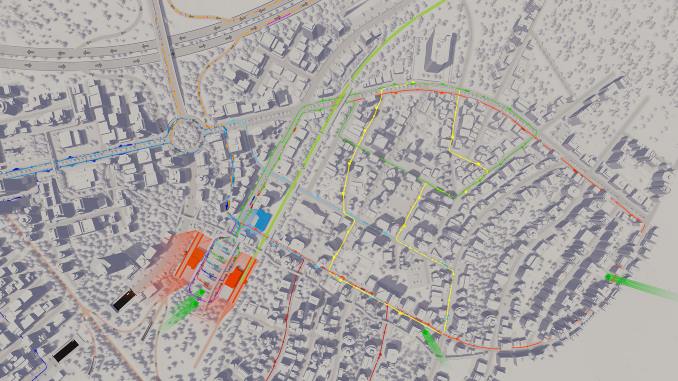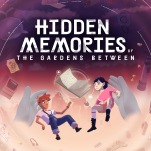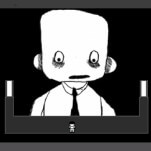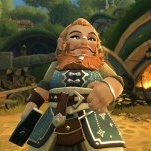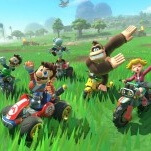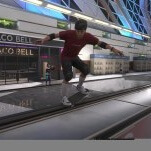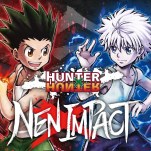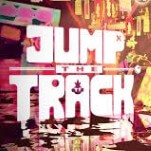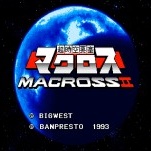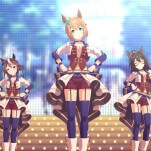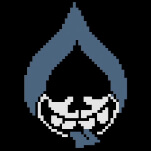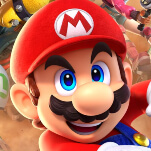Escaping to Cities: Skylines During the Pandemic
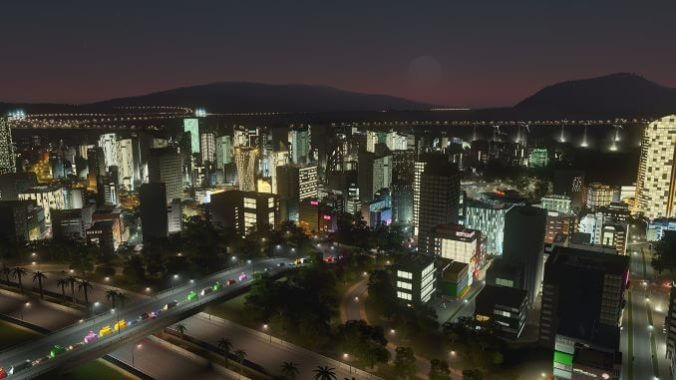
In late March 2020, a thought interrupted my new favorite pastime of eating spoonfuls of peanut butter while staring at the cracks in my drywall: I should do something with my life. My life had been at a bit of a standstill, as I was in the midst of a quarter-life crisis brought on by career unfulfillment, creative malaise, and, oh yeah, a global pandemic. Immunocompromised and generally trepidatious of viruses that seek to wipe out human existence, I had retreated to the sterile safety of my graystone apartment in Chicago, rarely venturing beyond my front door except to brave Trader Joe’s or simply “get some fresh air,” though even that stressed me out. I was trapped indoors in a city I loved but that, at the moment, did not seem to love me back.
With nothing to do but dwell on my impending doom, I desperately sought a respite from my own thoughts. Something that would monopolize my mindscape when I wasn’t working remotely and keep me occupied, entertained, and suitably alive. Pilates? No, I was too drained. Stock trading? No, I was too stupid. A computer game? That just might work.
After scouring the web for the right game—one that didn’t have me cultivating turnips on a zoological island or shooting reanimated Nazis, two skills at which I was certain I’d be no good—I landed on Cities: Skylines. Developed by Colossal Order and released by Paradox in 2015, Cities: Skylines is a large-scale city simulation game in which players build, manage, and expand a functional metropolis without going bankrupt or leading the city to ecological ruin. Played sans mods in its original settings, part of the joy of the game stems from juggling your city’s essential components, such as healthcare, education, electricity, water, policing, etc., all within a realistic economic system. But for me, the crux of the joy came from simply planning and designing my city’s unique aesthetic configuration, from the town square out. I wasn’t building a city so much as I was creating a character.
Fans of the game know there’s something daunting and exhilarating about starting a new city, being given an unmarked plot of land and told go! A million questions seize you all at once. How should I zone the commercial district? Where can I connect the nearest highway, railway, or shipping path? Is there oil, ore, or plentiful lumber nearby? Can I afford a bus line from the train station to downtown, or, crap, why didn’t I place the train station downtown in the first place? All of these problems are filled with a mind-boggling number of possible solutions, but then you realize, crucially, that they’re all within your control to solve. While you may operate as a proxy mayor for the city you’re creating, your power in this simulated world is more akin to something far grander: a god.
I, however, started out as a lesser-tier god. Not one for tutorials or walk-throughs, I would rather just jump right into the game and get a handle on things as I went along. I thought, how hard could it really be to pick it up?
Within two hours, all of my residents were dead.
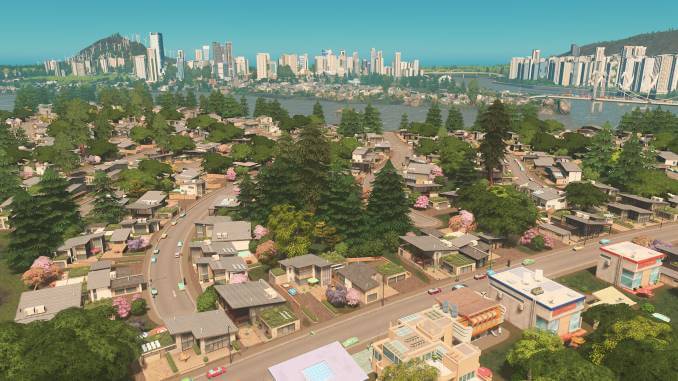
-

-

-

-

-

-

-

-

-

-

-

-

-

-

-

-

-

-

-

-

-

-

-

-

-

-

-

-

-

-

-

-

-

-

-

-

-

-

-

-

